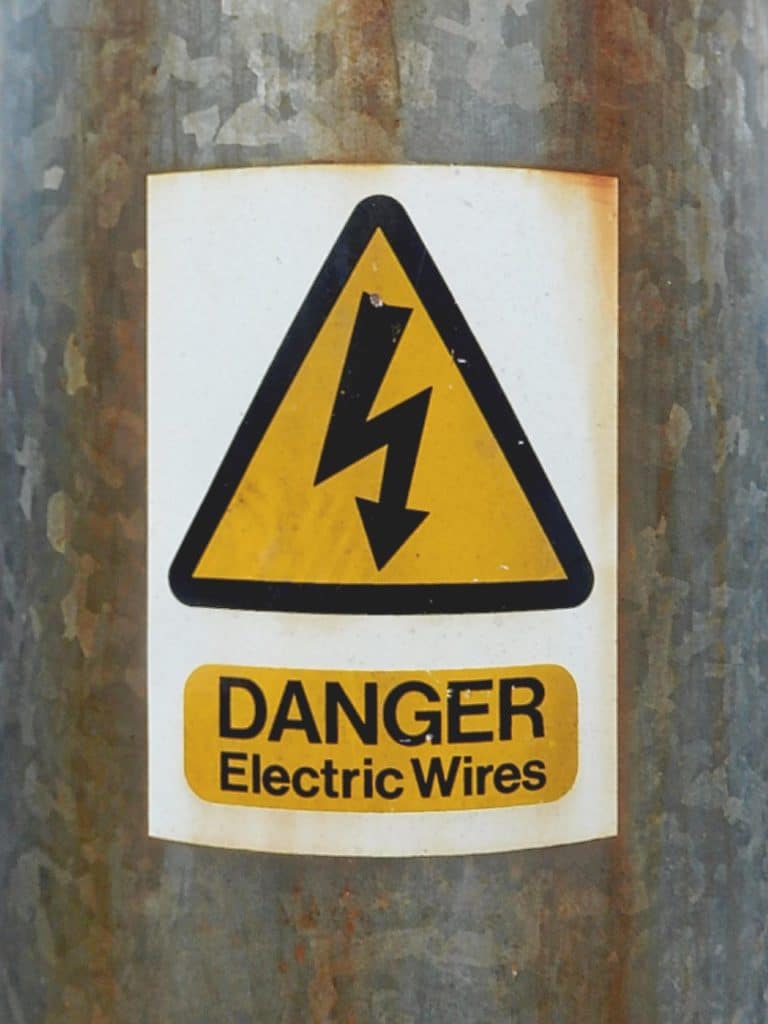Cleveland Potash fined £3.6m following accidents which left two electricians injured.
The owners of Boulby Mine in Saltburn-by-the-Sea were fined £3.6 million and ordered to pay costs of £185,000 after an investigation by the Health and Safety Executive (HSE).
Cleveland Potash Limited (CPL) own the mine, which extracts organic fertiliser known as Polyhalite. Teesside Crown Court heard that on the 3 August 2016 a contract electrician received serious burns from an 11,000-volt electrical system. He unknowingly had placed a vacuum cleaner nozzle into a live electrical chamber. He had to be air lifted to Newcastle hospital specialist burns unit, where he was placed in an induced coma for 10 days.
On the 12 February 2019, another electrical contractor made contact with a live conductor on a 415-volt electrical system during electrical testing works and received serious burns. He was hospitalised for six days.
The HSE found deficiencies from the owner of the mine in risk assessment, planning of works, and shortfalls in providing warnings about which parts of the electrical systems the two electricians were working on remained live.

Cleveland Potash Limited (CPL) of Boulby Mine, Loftus, Saltburn-by-the-Sea, Cleveland pleaded guilty to breaching Section 2 (1) and two counts of Section 3(1) of the Health and Safety at Work etc Act 1974.
“These serious electrical incidents were easily preventable. CPL should have had a heightened awareness of electrical risks following the first incident in 2016, however failures to apply learnings and to adequately control risks resulted in the 2019 incident”.
“Employers should make sure they properly assess and apply effective control measures to minimise risks when working on electrical systems. Both these incidents were preventable if long established electrical safety practices been applied.”
HSE specialist regulatory principal inspector Paul Bradley
Employers are required by law to protect your employees, and others, from harm. Under the Management of Health and Safety at Work Regulations 1999, the minimum an employer must do is:
- identify what could cause injury or illness in your business (hazards)
- decide how likely it is that someone could be harmed and how seriously (the risk)
- take action to eliminate the hazard, or if this isn’t possible, control the risk
Assessing risk is just one part of the overall process used to control risks in the workplace. For most small, low-risk businesses the steps that employers need to take are straightforward. Risk management is a step-by-step process for controlling health and safety risks caused by hazards in the workplace. An employer can undertake the risk assessment themselves or appoint a competent person to help. The five steps of a risk assessment are:
- Identify hazards
- Assess the risks
- Control the risks
- Record your findings
- Review the controls
Identify hazards
Look around your workplace and think about what may cause harm (these are called hazards). Think about:
- how people work and how plant and equipment are used
- what chemicals and substances are used
- what safe or unsafe work practices exist
- the general state of your premises
Look back at previous accident and ill health records as these can help you identify less obvious hazards. Take account of non-routine operations, such as maintenance, cleaning or changes in production cycles. Think about hazards to health, such as manual handling, use of chemicals and causes of work-related stress. For each hazard, think about how employees, contractors, visitors or members of the public might be harmed.
Some workers have particular requirements, for example young workers, migrant workers, new or expectant mothers and people with disabilities. Ensure that you involve your employees as they will usually have good ideas.
Assess the risks
Once you have identified the hazards, decide how likely it is that someone could be harmed and how serious it could be – this is assessing the level of risk. In assessing the level of risk, decide:
- Who might be harmed and how
- What you’re already doing to control the risks
- What further action you need to take to control the risks
- Who needs to carry out the action
- When the action is needed by
Control the risks
Look at what you are already doing, and the controls you already have in place to ensure the safety of workers and others. Consider:
- Can I get rid of the hazard altogether?
- If not, how can I control the risks so that harm is unlikely?
If you need further controls, consider:
- redesigning the job
- replacing the materials, machinery or process
- organising your work to reduce exposure to the materials, machinery or process
- identifying and implementing practical measures needed to work safely
- providing personal protective equipment and making sure workers wear it
Put the controls you have identified in place. It is important to remember that you are not expected to eliminate all risks but you need to do everything ‘reasonably practicable’ to protect people from harm. This means balancing the level of risk against the measures needed to control the real risk in terms of money, time or trouble.
Record your findings
If you employ 5 or more people, you must record your significant findings, including:
- the hazards (things that may cause harm)
- who might be harmed and how
- what you are doing to control the risks
The HSE has a number of example risk assessments on its website as a guide for employers. Employers should not rely purely on paperwork, as the main priority should be to control the risks in practice.
Review the controls
You must review the controls you have put in place to make sure they are working. You should also review them if:
- they may no longer be effective
- there are changes in the workplace that could lead to new risks such as changes to:
- staff
- a process
- the substances or equipment used
Also consider a review if your workers have spotted any problems or there have been any accidents or near misses. You should then update your risk assessment record with any changes you make.
If you require health and safety advice or support for your business, please contact one of the Ashbrooke team.
